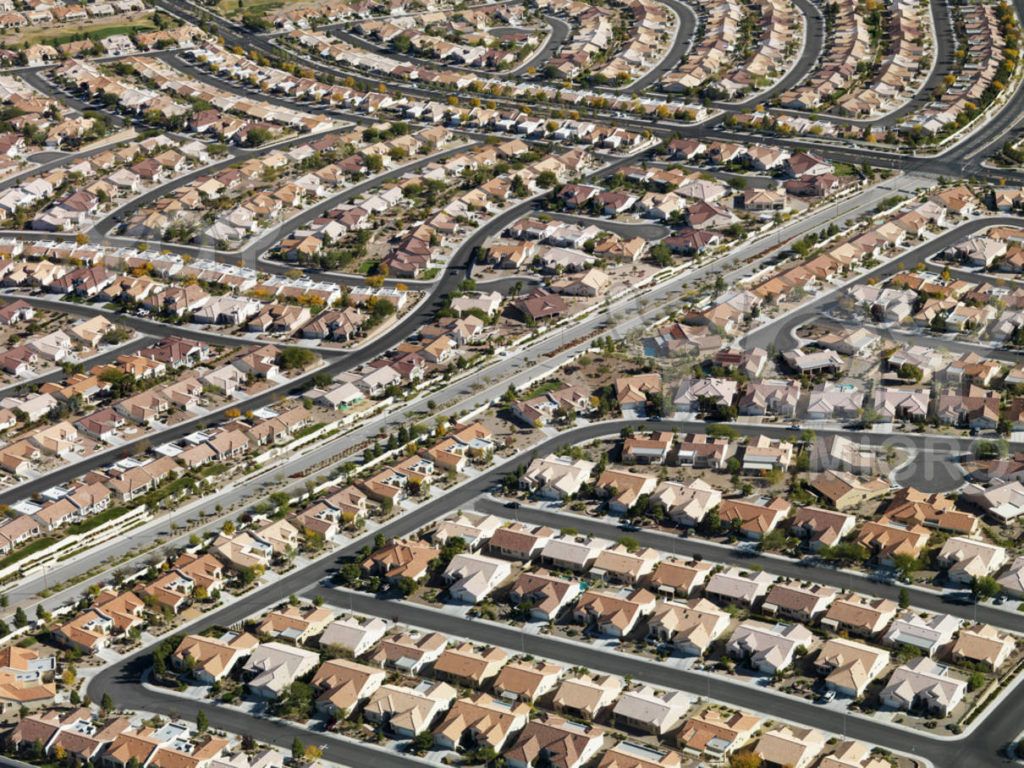Despite new laws, state housing crisis may be worsening

For the third straight year, the state Legislature has approved major legislation meant to accelerate housing construction in California to help stabilize or reduce the cost of shelter. But will the latest – Senate Bill 330, the Housing Crisis Act of 2019 – fare any better than past legislation in improving the housing picture in the Golden State?
The bill’s sponsor, Sen. Nancy Skinner, D-Berkeley, is optimistic, saying in a news release that its enactment would help create the housing California “desperately needs.” Her bill is meant to force local governments to speed up the processing of building permits and limit fees on housing. It also forbids cities and counties from reducing how many homes can be built. SB330 easily won final legislative approval last week.
But there was similar optimism about past measures. Most notably, Gov. Gavin Newsom has used new powers to aggressively target local governments which don’t build enough housing, especially units with rents or mortgages within reach of families with average incomes or less.
Multifamily permits off 42% from 2018
Yet while this has produced headlines with the Newsom administration’s January lawsuit against Huntington Beach over its refusal to add more affordable units and with threats against other cities, it doesn’t appear to be boosting housing construction in any notable way.
State data shows residential building permits dropped by 12 percent in the first five months of 2019 compared with the same span in 2018. And the statistics were far grimmer for less expensive multifamily housing units, which plunged 42 percent.
Builders and housing experts who contributed to a recent Sacramento Bee print symposium on the news of declining residential construction were not optimistic. Two fundamental problems – one much noted, one less appreciated – are not going away, they said.
Tia Boatman Patterson, Newsom’s top housing adviser, said there continue to be bottlenecks at the local level in getting housing through bureaucratic hoops.
Sometimes there’s what appears to be defiance. The New York Times recently reported that California cities “with some of the state’s highest rents, including Atherton, La Canada Flintridge, Los Altos Hills and Rancho Palos Verdes, issued no multifamily construction permits from 2013 to 2017.”
Cash-strapped cities increasing fees
But some participants in the Bee project said the problem isn’t just getting local governments to live up to their obligations and to stop dragging their feet in granting permits and approvals. Many cities and counties are so fiscally stretched because of the rising costs of pensions and other expenses that they’re increasingly adopting new or higher fees on housing projects – even as developers beg for relief.
Rob Lapsley, president of the California Business Roundtable, even said these fees were on their way to being a bigger obstacle that the California Environmental Quality Act.
But there was also some pushback at the notion that NIMBYs were the biggest problem. Instead, some argued that it’s the fact that between the high cost of land and regulations that can add $200,000 to the cost of a single-family home, building housing in California is riskier and less appealing for developers than most other states. This decades-old problem may have been overshadowed by other housing issues of late, but it’s a consensus view of builders that has never gone away.
The executive director of the League of California Cities, Carolyn Coleman, noted in her contribution to the Bee that more than 450,000 homes had received final approval from local authorities but the vast majority weren’t being built.
The takeaway: Even when local bureaucratic obstacles are overcome, adding housing in California is a difficult proposition.
Newsom has not taken a position on SB330, but his signature is considered likely. It passed the Assembly 67-8 and the Senate 30-4.
Chris Reed
Chris Reed is a regular contributor to Cal Watchdog. Reed is an editorial writer for U-T San Diego. Before joining the U-T in July 2005, he was the opinion-page columns editor and wrote the featured weekly Unspin column for The Orange County Register. Reed was on the national board of the Association of Opinion Page Editors from 2003-2005. From 2000 to 2005, Reed made more than 100 appearances as a featured news analyst on Los Angeles-area National Public Radio affiliate KPCC-FM. From 1990 to 1998, Reed was an editor, metro columnist and film critic at the Inland Valley Daily Bulletin in Ontario. Reed has a political science degree from the University of Hawaii (Hilo campus), where he edited the student newspaper, the Vulcan News, his senior year. He is on Twitter: @chrisreed99.
Related Articles
LA, CA still avoiding pension reality
The ultimate pension reform is Detroit-style bankruptcy, with retirees getting less than what they are owed by contract. As the
Rail board chair Dan Richard responds to critical post
Dan Richard, the chair of the California High-Speed Rail Authority, sent this to Cal Watchdog in response to my Monday
Bill To Streamline CA Regulations
Katy Grimes: Sounding more like their Republican counterparts, Democratic Senators Fran Pavley, Ron Calderon, and Senate President Darrell Steinberg introduced


